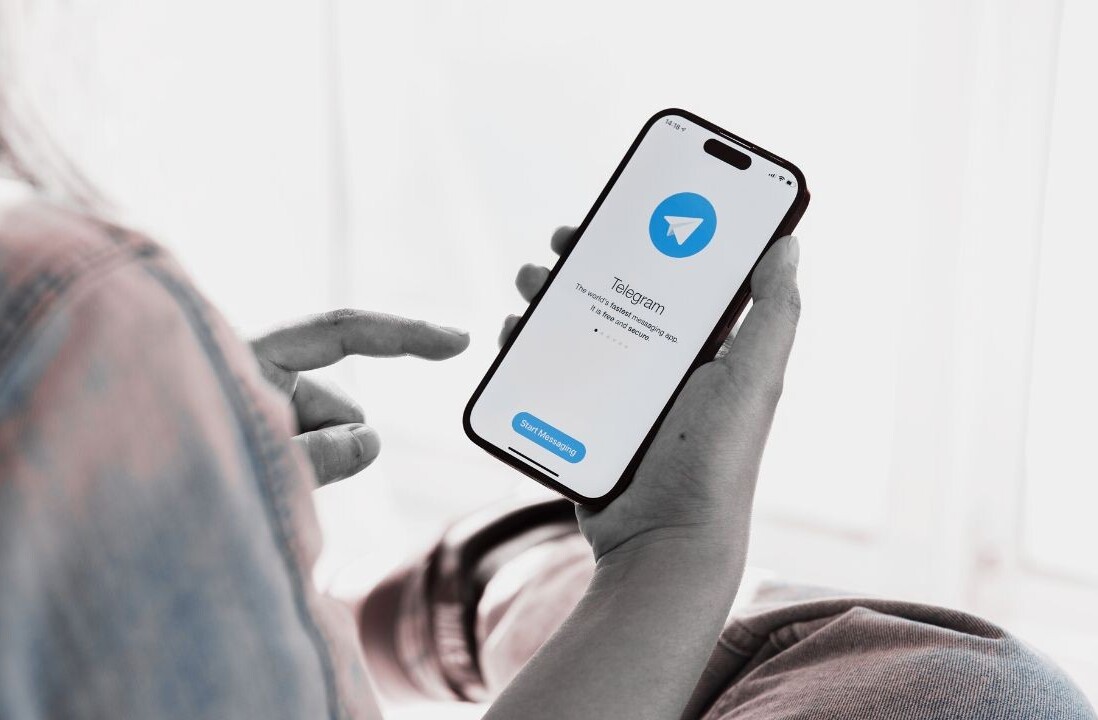
It’s no secret that every brand under the sun is clamoring for red-hot social media channels packed full of loving fans that are hanging on your every word. After setting up the prerequisite Facebook and Twitter channels, the focus of this social media activity usually turns towards upping the numbers via likes and follows.
All fine and dandy, but what happens next? Can you progress and elevate a social media campaign based on the simple strategy that more is better? Doubtful. If you’re not running or at least developing a parallel campaign of effective user interaction and real value, you’re simply spinning your wheels, something that newfound fans can smell a mile away. And these same fans are just as likely to click that Unlike button if you’re not delivering the goods – 55% of them, in fact.
So what’s a brand to do? Let’s take a step back and pretend that you’ve not even opened your social media channels yet. What should you be doing/thinking about? What compelling reason have you given Joe Average consumer to like your brand? And not just today, but over the long haul? You could go down the insider information route. You could play the exclusive discounts card. There might be some opportunities to let your fans interact on a global scale. All these factors, i.e. consumer behavior and preferences, should be considered carefully before diving into the “Like Us!” pool. If fans aren’t getting what they’re expecting…they’re out of there.
 According to “The Evolutions of Facebook Brand Fans” study published by DDB Worldwide and OpinionWay Research, the number one factor driving U.S. fans to unlike a brand’s Facebook page is “the information available was not interesting,” (46%). From a global perspective, the number one reason for unliking a brand was “the brand was no longer of interest to me,” (49%). Oddly enough, this same response only grabbed 39% of the U.S. market opinion.
According to “The Evolutions of Facebook Brand Fans” study published by DDB Worldwide and OpinionWay Research, the number one factor driving U.S. fans to unlike a brand’s Facebook page is “the information available was not interesting,” (46%). From a global perspective, the number one reason for unliking a brand was “the brand was no longer of interest to me,” (49%). Oddly enough, this same response only grabbed 39% of the U.S. market opinion.
ExactTarget’s research has revealed many of the same results, adding further proof to the pudding. In their “The Social Breakup” report, the top three factors driving fans away from brands are:
- The company posted too frequently – 44%
- My wall was becoming too crowded with marketing posts – 43%
- The content became repetitive or boring over time – 38%
At the same time, 51% of respondents indicated that they expect brands to present them with marketing based messages, 40% said they do not expect marketing messages, and 9% didn’t know what to expect. Somehow the phrase, “You can’t be all things to all people,” is suddenly ringing a very large bell.
 The above examples illustrate that fans are truly a tricky bunch to pin down. So if 49% expect no marketing push, or have no idea what to expect, what exactly are they looking for? Constant Contact and Chadwick Martin Bailey set out to answer that very question. In their study of U.S. consumers and brand interaction, they found that 58% of consumers Like a brand on Facebook because they’re already a customer, or that they expect to receive discounts and promotions (57%).
The above examples illustrate that fans are truly a tricky bunch to pin down. So if 49% expect no marketing push, or have no idea what to expect, what exactly are they looking for? Constant Contact and Chadwick Martin Bailey set out to answer that very question. In their study of U.S. consumers and brand interaction, they found that 58% of consumers Like a brand on Facebook because they’re already a customer, or that they expect to receive discounts and promotions (57%).
Now stop and think about your brand’s social media stream for a second. My guess is that you’re regularly sharing content that you believe is relevant to your community, as well as tossing in a healthy dose of marketing messages further promoting your product’s wares. Sound about right? When was the last time you ran a discount or special Facebook Fans only promotion? Tip: want to get a promo up and running in seconds? Have a look at WildFire.
Now that’s not to say that adding some humor to your stream is completely invalid, nor are thought-provoking articles that give your consumers some insight as to the way you and your organization think. The message here is to avoid the danger of becoming siloed in your social media approach. What are your consumers really after? According to Constant Contact and Chadwick Martin Baily, they want discounts on products. But what to do with those other 43%?
Businesses that have already established social media profiles will have an easier time of it from the get-go, but that doesn’t mean that the following principles can’t apply to all. To start delivering on what your consumer community wants:
- Ask them – a dead simple solution, but sometimes it’s all it takes. Never used that “Question” icon all the way to the right? It’s time to start. Find out what your customers want from you.
- Analyze them – Facebook’s been adding more and more features to their Insights tool; Take advantage of it. Similarly, reviewing data from stats packages such as TwentyFeet or Crowdbooster can provide a wealth of information as to what worked, what didn’t, and what was just downright awful.
- Survey them – A continuation of the Ask them proposition, if you’re driving traffic to your website or blog from your Facebook page, inserting a short survey based on incoming traffic from a social media URL can garner quite a bit of information when presented in the right way. Remember, they’re at your site to get to the rest of the content; don’t overwhelm them with a 50-question survey.
- Service them – If your brand page also deals with incoming customer service issues, chances are you’re going to follow-up with an email even if the issue was resolved via social media. Use this open communication channel to find out how a user’s social media experience could be enhanced and thus become more attractive.
Social media’s greatest strength can also be it’s greatest weakness. Consumers hungry to connect with their favorite brands will do just that. However, in an endless stream of brands, brands, and more brands, it’s easy to see why and how the term “Stream Fatigue” has come to prominence.
Brands are constantly battling for user’s attention amongst the many other brands they’re following. Finding your sweet spot amongst not only your current fans, but those that you hope to welcome someday soon, is the delicate balance that all brand managers must find. But by putting a few analytics reviewing sessions in place, studying your existing consumer preferences data, and simply asking users what they want, you’ll be well on your way to a delivering a targeted, relevant social media strategy that can deliver well beyond the Like.
Get the TNW newsletter
Get the most important tech news in your inbox each week.




